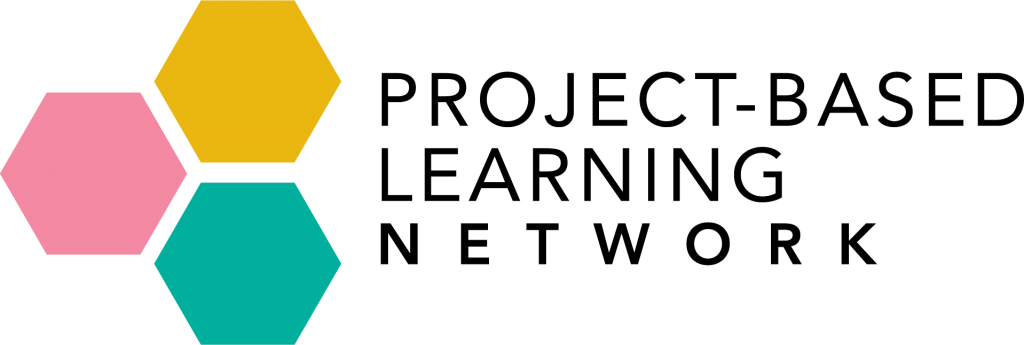We know it happens, both to our students and in our own lives—we forget. ...
You've probably heard the term “PBL” at conferences, professional development sessions, and maybe even ...
Anyone who has planned a PBL unit knows that it takes a tremendous amount ...
Over the course of a year, I experience many takeoffs and landings in airplanes ...
I live in a beautiful area of the Arkansas Ozarks in a lake and ...
This week, my husband and I spoke in our eldest daughter's first grade classroom ...
